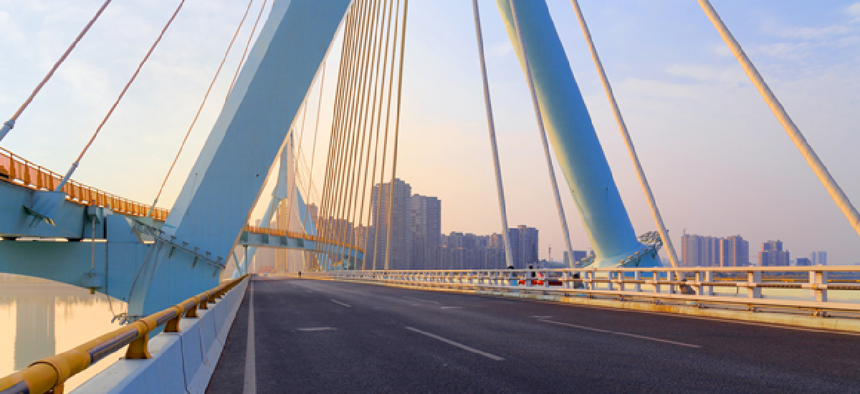Building a modern infrastructure


Connecting state and local government leaders
The House Transportation and Infrastructure Committee heard from industry leaders on what a modern infrastructure should look like.
A key platform of the Trump campaign was increased infrastructure spending to upgrade roads, airports and bridges as well as the electric grid, communications networks and pipelines. On Feb. 1, the House Transportation and Infrastructure Committee heard from industry leaders on their suggestions for making that modern infrastructure a reality.
Several witnesses who testified at the committee hearing -- titled “Building a 21st Century Infrastructure for America” -- suggested both policy changes and physical upgrades to today’s infrastructure.
“It is critical that the U.S. have policies that encourage national uniformity in areas of innovation such as autonomous or driverless vehicles as we advance into the next century,” FedEx CEO Frederick W. Smith said in his written testimony.
Ludwig Willisch, CEO of BMW of North America, concurred, telling the committee that roadways must be properly prepared for autonomous cars so that vehicle sensors and cameras can read road markings and signage to make the correct decisions. The government can assist in making sure these markings are widely deployed and consistent across state lines, he said.
“This is vitally important as consistent performance lays the foundation for customer trust,” he said in written testimony. “Well maintained streets and uniform lane markings would be helpful in accelerating the deployment of [autonomous vehicles]. As would consistent signs and traffic signals.”
Willisch also praised the National Highway Transportation Safety Administration’s AV guidelines that were released last year.
Smith, who oversees a fleet of 150,000 motorized vehicles, said his company has no plans on switching to fully autonomous trucks, but could begin using vehicles with autopilot features that allow drivers to take on more responsibility. This was in response to questioning from Rep. Eddie Bernice Johnson (D-Texas) who voiced concerns about the future of employment in the face of automation.
Smith suggested the Department of Transportation create a nationwide certification process for manufacturing autonomous cars, similar to how the Federal Aviation Administration certifies aircraft manufacturers.
Broadband is also a critical component of infrastructure, especially as the “internet of everything” begins to take shape, said Mary V. Andringa, the chairman of the board at Vermeer, a manufacturer of industrial, agricultural, environmental and mining equipment.
“Technology is now embedded in all aspects of production on the shop floor and the final outputs that result,” Andringa said in her written testimony. The committee should look to encourage policy and regulation that “paves the way for additional investment in our nation’s broadband and telecommunications infrastructure,” she said.
When it came to how government should pay for infrastructure upgrades, Rep. Peter A. DeFazio (D-Ore.) said he was in favor of increasing the gas tax. Smith agreed, but said it would not generate enough funds as more people start driving hybrid and electric vehicles. He suggested drivers of these vehicles pay user or mileage-based fees via an RFID chip on their cars.




